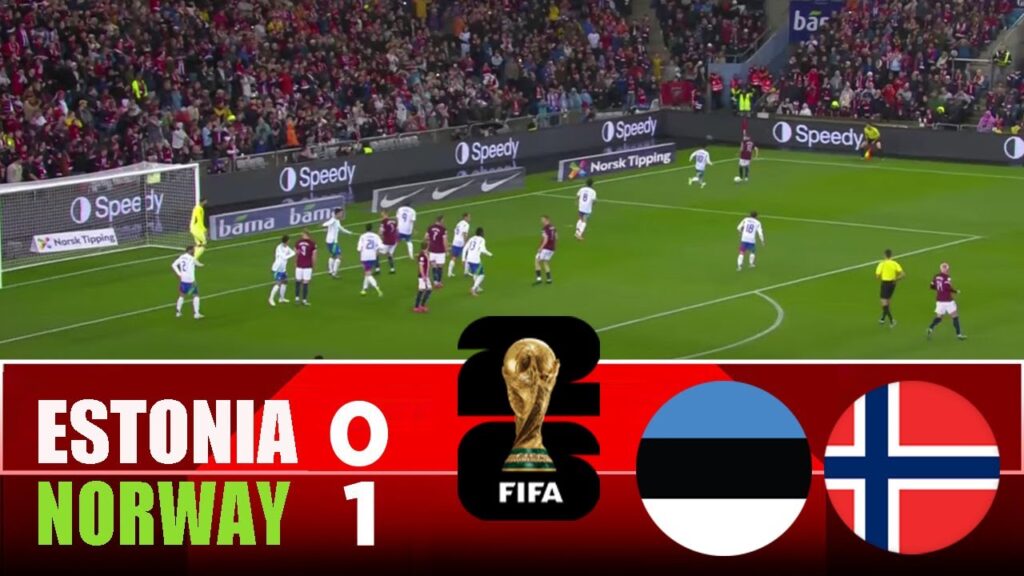
Introduction
The Baltic Sea region is known for its diverse cultures, rich histories, and dynamic economies. Among these nations, Estonia and Norway stand out due to their unique characteristics, contrasting landscapes, and differing socio-economic situations. Understanding the nuances between Estonia and Norway is crucial, as it provides insights into their development, governance, and social fabric.
Cultural Comparisons
Estonia, situated at the crossroads of East and West, boasts a culture informed by both Nordic and Slavic influences. Estonia’s national language is Estonian, a Finno-Ugric language closely related to Finnish. On the other hand, Norway’s culture is shaped by its Viking heritage and the influence of the Scandinavian peninsula. The official language is Norwegian, which has two written forms: Bokmål and Nynorsk.
Festivals in both countries highlight their distinctive heritages. Estonia celebrates Midsummer and Jaanipäev (the Summer Solstice), while Norway honors the Constitution Day on May 17, marked by parades and traditional costumes. Touring both countries reveals a shared appreciation for folk music and traditions, yet through different cultural lenses.
Economic Overview
When examining economies, Norway’s wealth is largely attributed to its extensive oil and gas reserves, making it one of the wealthiest countries in the world per capita. The Norwegian economy is characterized by a strong welfare system and low unemployment rates.
Conversely, Estonia has transitioned from a previously state-controlled economy to a digital and innovation-driven economy post-independence. With a significant focus on technology and e-governance, Estonia is often considered a leader in digitalization, boasting a vibrant start-up scene, particularly in Tallinn, the capital city.
Geopolitical Context
Geographically, Estonia is a member of the European Union and NATO, while Norway, although not an EU member, is part of the Schengen Area and has close ties to both organizations. Estonia’s strategic location on the Baltic Sea makes it vital within EU geopolitics, especially concerning relations with Russia, whereas Norway’s geographical advantages include vast ocean resources and mountainous terrains that provide rich natural environments.
Conclusion
In conclusion, the comparisons between Estonia and Norway shed light on the diversity of Nordic and Baltic societies. While both nations share a commitment to democracy and human rights, their economic strategies, cultural practices, and geopolitical roles differ significantly. As Estonia continues to embrace technology and foster innovation, Norway remains steadfast in leveraging its natural resources for wealth creation. Understanding these differences not only highlights the unique identities of each nation but also reflects broader trends in the region, shaping future opportunities for collaboration and dialogue.



